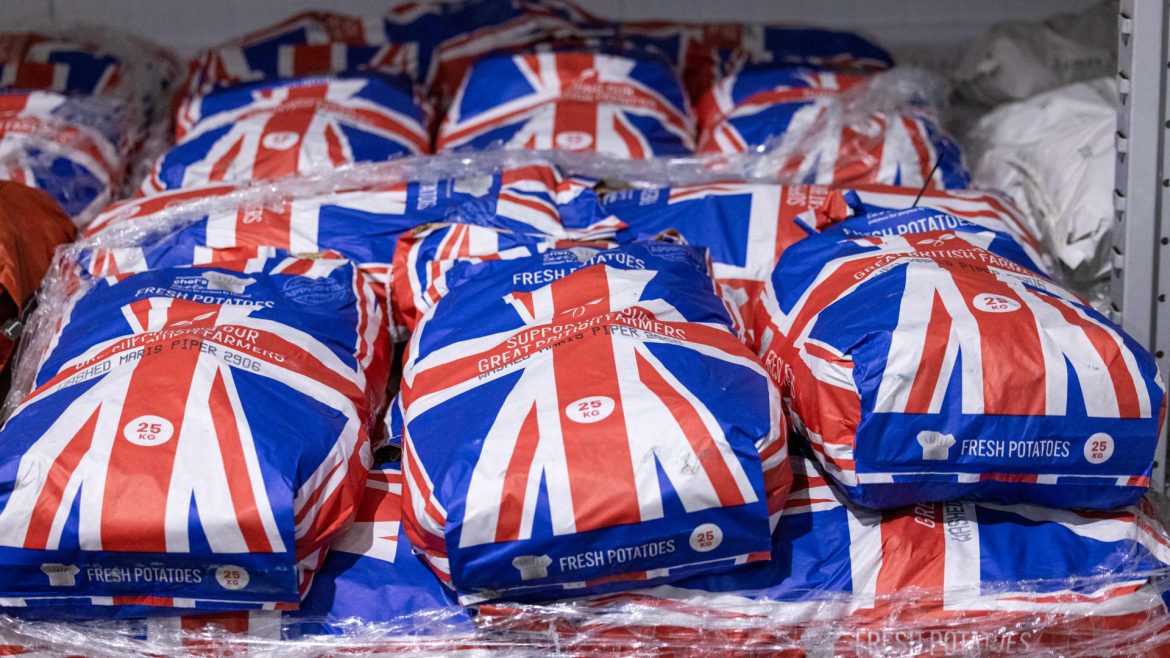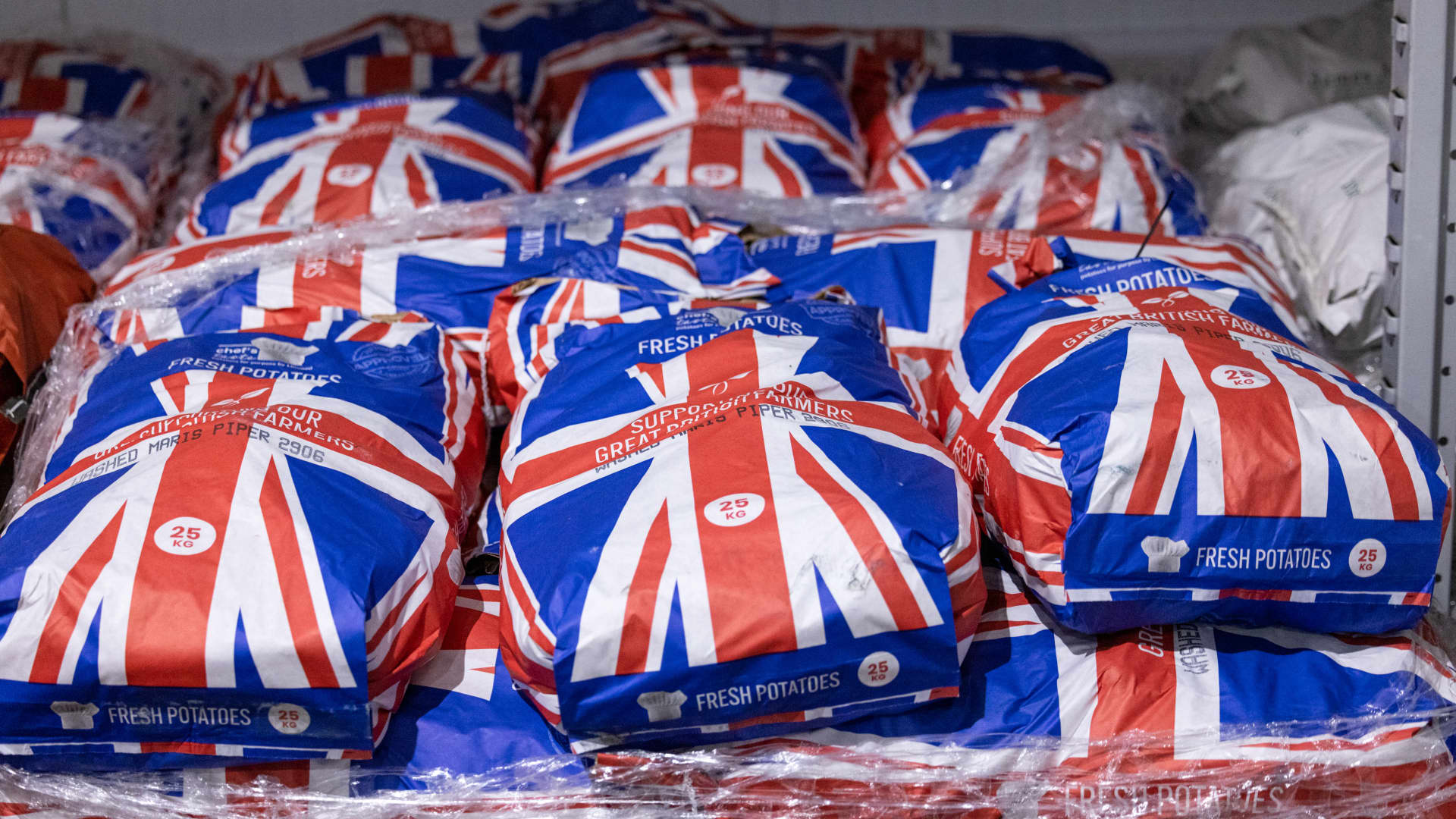A Detailed Analysis of UK Inflation in May 2024
The UK’s economic landscape continues to be heavily shaped by inflation, with the latest figures released in mid-June 2024 offering a nuanced picture. Data from the Office for National Statistics (ONS) indicates that the annual inflation rate for May 2024 settled at 3.4%, a slight decrease from the 3.5% recorded in April. While this figure aligns with analyst expectations and Bank of England forecasts, a deeper dive reveals complexities beneath the headline number, impacting both current economic policy and future projections.
Headline Inflation and Recent Trends
The drop from 3.5% to 3.4% represents a continuation of the downward trend observed since the peak of 11.1% in October 2022 – a forty-year high. This deceleration is a positive sign, suggesting that the measures implemented by the Bank of England are beginning to exert their intended effect. However, the pace of decline has been uneven. April saw an unexpected jump to 3.4% (originally reported higher), fueled by increases in energy bills, prompting concerns about the persistence of inflationary pressures. The May figure, while meeting expectations, doesn’t signal a decisive victory over inflation.
Dissecting the Core Inflation Rate
A crucial element in understanding the broader inflationary picture is the core inflation rate. This metric excludes volatile components like energy, food, alcohol, and tobacco, providing a clearer view of underlying price pressures. In May, core inflation rose to 3.5% year-on-year. This increase, despite the overall headline inflation easing, suggests that domestically generated inflation remains stubbornly high. The divergence between headline and core inflation highlights the challenges facing policymakers – addressing overall price stability while tackling persistent underlying inflationary forces.
Sectoral Contributions: Food and Transport
The composition of the 3.4% inflation rate reveals specific sectoral influences. Notably, food prices experienced a significant jump in May, rising at the fastest rate in over a year. This increase offsets some of the downward pressure from other areas, particularly transport costs. Air fares, which had surged in April, corrected in May, contributing to the overall easing of transport-related inflation. This illustrates the impact of temporary factors and base effects on monthly inflation figures. The volatility in food prices is particularly concerning, impacting household budgets and potentially fueling further inflationary expectations.
Public Expectations and Monetary Policy
Beyond the raw data, the British public’s inflation expectations remain elevated. Despite falling headline inflation, expectations for medium-term inflation are at their highest levels in several years. This is a critical factor, as sustained high expectations can become self-fulfilling prophecies, influencing wage demands and business pricing strategies.
The Bank of England (BoE) is closely monitoring these expectations as it navigates its monetary policy decisions. The May 2024 Monetary Policy Report revealed a 7-2 vote to maintain Bank Rate at 5.25%. While some members advocated for a rate cut, the majority opted to hold steady, citing concerns about the persistence of inflationary risks. The upcoming data release for May, just prior to the BoE’s June meeting, was considered pivotal in informing their decision. Despite the 3.4% figure, a rate cut is not widely anticipated in the immediate future, as the BoE prioritizes maintaining price stability.
Economic Forecasts and Future Projections
Economic forecasts surrounding UK inflation are varied. Prior to the May data release, predictions ranged from 3.2% to 3.6%, demonstrating a degree of uncertainty among economists. The Bank of England itself projects that CPI inflation will rise again in the coming months, peaking at 3.5% in the third quarter of 2025. This projection is based on anticipated increases in energy prices and other factors.
Looking ahead to May 2025, the Monetary Policy Report suggests a CPI inflation rate of 3.4%. This indicates a prolonged period of inflation remaining above the BoE’s 2% target, necessitating continued vigilance and potentially further adjustments to monetary policy. The availability of detailed inflation data from the ONS, intended for research purposes, will aid in refining these projections and understanding the underlying drivers of price changes.
Global Context and Market Reactions
The UK’s inflation situation is unfolding against a backdrop of global economic uncertainty. The Federal Reserve’s monetary policy decisions in the US, along with geopolitical tensions in the Middle East, are influencing market sentiment and impacting economic forecasts. European markets reacted cautiously to the UK inflation data, opening mostly lower amidst broader concerns about global economic conditions.
The fact that UK inflation “hit expectations” rather than surprising to the upside or downside suggests a degree of market acceptance of the current trajectory. However, the persistence of core inflation and elevated public expectations continue to pose risks to the economic outlook.
Conclusion: A Fragile Stability
The UK’s inflation rate of 3.4% in May 2024 represents a fragile stability. While the downward trend from the 2022 peak is encouraging, the persistence of core inflation, rising food prices, and elevated public expectations demand continued caution. The Bank of England faces a delicate balancing act – maintaining price stability without stifling economic growth. The May data, while meeting expectations, doesn’t provide a clear signal for immediate policy changes. The coming months will be crucial in determining whether the UK can sustainably navigate the path back to the 2% inflation target, or if further economic headwinds lie ahead. The situation remains dynamic, requiring ongoing monitoring and a flexible policy response.





